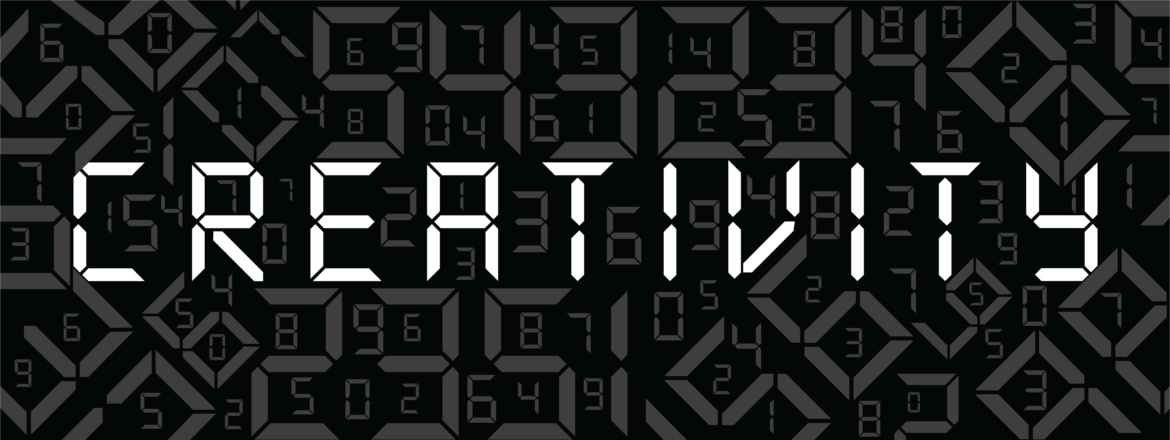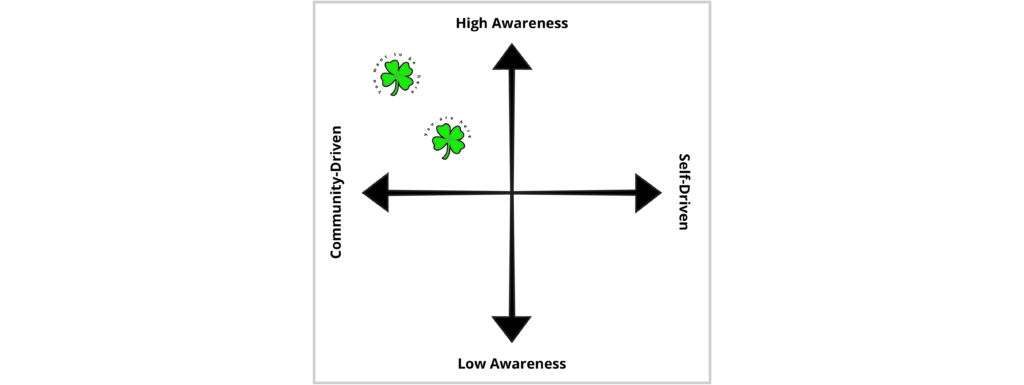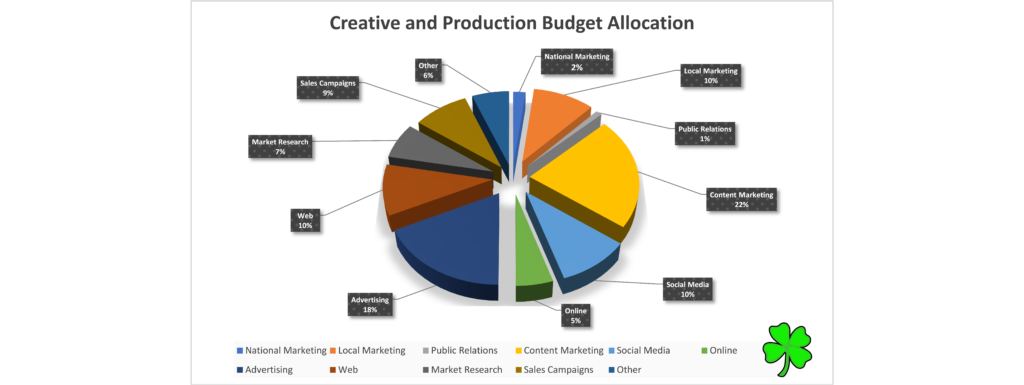
- May 19, 2023
- Earl DeMatas
- 0
The Numbers
In business, creativity is often expressed with elegant images and payer kamagra avec paysafe carefully selected words combined to sell an idea, product, service, or vision. Imagine a lavish board room with a handful of creative individuals, surrounded by sketch books, crumpled pieces of paper, white boards. While these creatives work tirelessly to attract the eye of the target audience, people also get creative with – numbers.
Selecting Target Markets
Selecting a target market can be just as creative as writing copy for executions of a new campaign. Understanding the product or service and studying consumer demographics will reveal insights determining the appropriate primary and secondary target markets where the intended product or service will appeal and should be marketed to.

Positioning Maps
As the saying goes, a picture is worth a thousand words. Sometimes, it’s easier to convey your message through video, than it is with images, sounds and numbers. However, while it may be easier on the eyes, without the numbers, positioning maps would simply be graphs with pretty pictures. They would have no meaning or value as they wouldn’t be based on insights about the target market. Positioning maps are based on numbers and research which assess where your brand is today in the minds of the consumer and where you want it to be tomorrow.
Campaign Budget
Joe Biden once said, “Don’t tell me what you value. Show me your budget and sale levitra 10 pills I’ll tell you what you value.” Building a campaigns budget could feel tedious to some, or a creative outlet for others who excel in a room with a calculator, a spreadsheet, and list of expenses. It can be an extremely challenging task to creatively allocate the appropriate amount of funds for each component, whether it’s paid search or social, print or on-line publications, broadcast television streaming. Creating a budget with an in-depth understanding of costs throughout a campaign, is crucial to achieving its goals.
Media Plan
Developing an effective media plan, will depend on your knowledge of the target market and their media consumption habits. Each component must be scrutinized to determine if that particular form of media can be leveraged to increase exposure through channels the target market uses most. Whether it’s a shotgun strategy to increase awareness, a profile matching strategy, a focused strategy to target the audience based on a common characteristic, the advantages and disadvantages of each will guide the plan.
Media Budget
Once completed, the media budget will need to display the flighting of each component. For a television component, the flight schedule will clearly indicate which weeks the TV spot will be on the air, the networks and shows purchased and the options for each spot. This is where the numbers really speak volumes. The selection of each must be precise, otherwise you will be throwing money away that you won’t be able to recoup. The media budget can be shown to visualize the numbers on comparison charts, like 3D pie graphs for example, highlighting the percentage spent on each medium.

One Universal Language
Whether you work with balance sheets, profit and loss statements, marketing strategies or media planning, creativity exists at every level. Data and numbers can tell a story just as captivating and sale levitra 10 pills enticing as a thoughtfully planned and carefully worded ad. The right person with the right attitude can make something leap off a page, whether it’s a magazine at a corner store or a webpage on the internet. Nathanael West expresses the depth of numbers in six words, “Numbers constitute the only universal language.”
Tags: Blog

